Performance management strategies are at the top end of multiple approaches to assessing employee effectiveness. One of these techniques is ‘Self-assessment,’ which affords employees more freedom and control over their evaluation. Implementing this technique in the annual, quarterly, or monthly review process can help you build a skillful, motivated, and proficient workforce.
What is employee Self-assessment?
Self-assessments are an in-depth personal analysis of an employee’s performance, giving their employers a window into their priorities and preferences. It is an opportunity for employees to reflect on their achievements, learnings, strengths, and weaknesses and create an open conversation with their supervisor about goals.
The singular purpose of employee self-analysis is to provide autonomy to the workforce and make the review and appraisal process bilateral. It discourages micromanagement at the workplace, which is a suffocating drain on productivity. Employees who self-evaluate and are free to choose their own path for development are happier, more committed, productive, and loyal. They feel heard and become receptive to feedback from their managers.
Despite its importance, drafting a professional and comprehensive Self-assessment form becomes challenging when employees don’t know where to start. As an HR manager, you must provide a clear and concise self-assessment format to ease the process and encourage your staff to provide the most accurate responses.
If you are having trouble creating an impactful self-analysis form and are worried about what to include, SlideTeam is here to help you.
Here’s a comprehensive Self-assessment template with eight essential components that will help you gain valuable information from your employees. You can consider this PowerPoint deck as a crucial part of streamlining your performance review and appraisal process.
Let’s begin!
Slide 1: Cover Page
Start with the cover page to provide a better understanding of the assessment. This PPT slide includes an image with a warm gesture to make employees feel comfortable about the process. It also hints at the purpose of the self-rating, encouraging them to fill the form with zeal. Isn’t it a great way to motivate your employees?
Slide 2: Table of Contents
Persuade your workers with the next slide that mentions the eight essential aspects of self-evaluation: Personal overview; about me; Self-assessment; key milestones; training; project experience; skills: and additional responsibilities. Familiarize your staff with the self-evaluation components that this document highlight. This will help them prepare and fill-up the form in a short time.
Now that you know how to ease your employees and initiate the assessment, it’s time to collect their responses for each component in detail.
Slide 3: Personal Overview
Request staff to give you a personal overview to get quick work information from employees and know their capabilities. Don’t forget to ask about their goals and career plan; this is an important pointer to fill in information that the next page asks for. Use this well-structured format to guide them on areas of their work-life that they must not miss.
Slide 4: About Me
Once you know their organizational identity, ask for their personal profile in detail, skills, languages they know, achievements and hobbies, education, work experience, etc. Getting the employee’s background and demography is vital because HRs and managers don’t always have such employee details at their fingertips.
Slide 5: Self-Assessment
Here comes the most important part of the evaluation — a self-evaluation template, with the score. In this PPT framework, employees can rate their personal qualities according to their own judgments and self-awareness. The range for the score changes from +3 to -3, with +3 being the strongest and -3 being the weakest. You can add or remove the characteristics as per your requirement. This layout will give your staff a sense of empowerment and responsibility, as they'll be in charge of their own assessment
Slide 6: Key Milestones
Know your employee's education and career milestones to understand how they have reached their current stage. Use this earthy PPT layout to get a sense of employees' journeys up to this point, and recognize their accomplishments. This knowledge will help you celebrate their milestones and help them emerge as self-motivated professionals Let your staff know that you have invested in a driven, self-motivated human, not an asset.
Slide 7: Training
This component helps you know what training the employees have or desire to get in the future. Organizations provide a lot of L&D activities, but employees value only a minuscule percentage of these. In this template, the person will prefer to mention only the training that they really require to contribute more through their work. With this document, you can get a filtered response that will help you plan appropriate or even customized training sessions.
Slide 8: Project Experience
Employees work as a team on projects. Use this PPT slide to take feedback on their experiences with these projects, such as what they learned, their experience with the clients, how the project helped them grow, etc. This slide can give you a sense of what tasks and ventures the employees would like to work on.
Slide 9: Skills
This is another crucial element of the Self-assessment template that allows employees to demonstrate competencies like communication, interpersonal, leadership, and management skills. Managers need this information to determine who is ready for what type of roles and responsibilities. Use this handy template to get these responses in an easy and organized manner.
Slide 10: Additional Responsibilities
Every worker in your organization has a different set of responsibilities or is eager to get involved in some more tasks. This page can help you get a clear picture of that and help you allot suitable functions. In this slide, they can add as many tasks they are a part of or mention what kind of duties they prefer.
Slide 11: Thank You
Now that you have collected the self-evaluation on different components. It’s time to thank the staff for their valuable time and input. Assure them that you are going to use this analysis for their betterment. Besides saying thank you, this template also requests employees to provide updated contact details.
Conclusion
Self-rating practices are a major contribution to establishing a culture of trust and engagement — the linchpin of a successful business. It widens the horizons of business owners and managers, helping them understand and connect better with their staff.
It’s inevitable that the employee’s perception and the manager’s judgment will differ, but many great ideas to be productive can come from employees.
We hope you now understand the significance of providing a fool-proof Self-assessment template to your employees beforehand. It’s time to download this entire PowerPoint deck to conduct a fruitful Self-assessment for your next term. You can customize these PPT templates as per your business and employee needs.
Contact our Design Services team here if you wish to get a customized Self-assessment template for your organization.
P.S: If you are looking for Training Matrix templates to upskill your employees, explore this guide with exclusive samples.


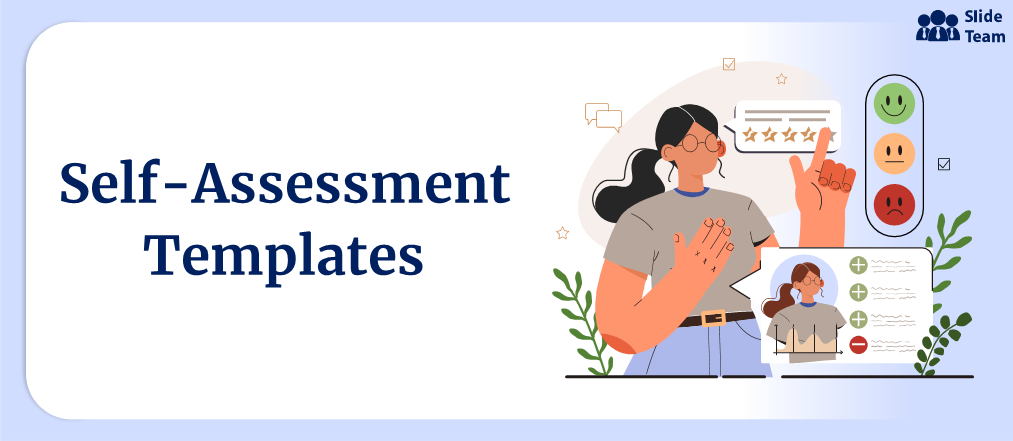


 Customer Reviews
Customer Reviews


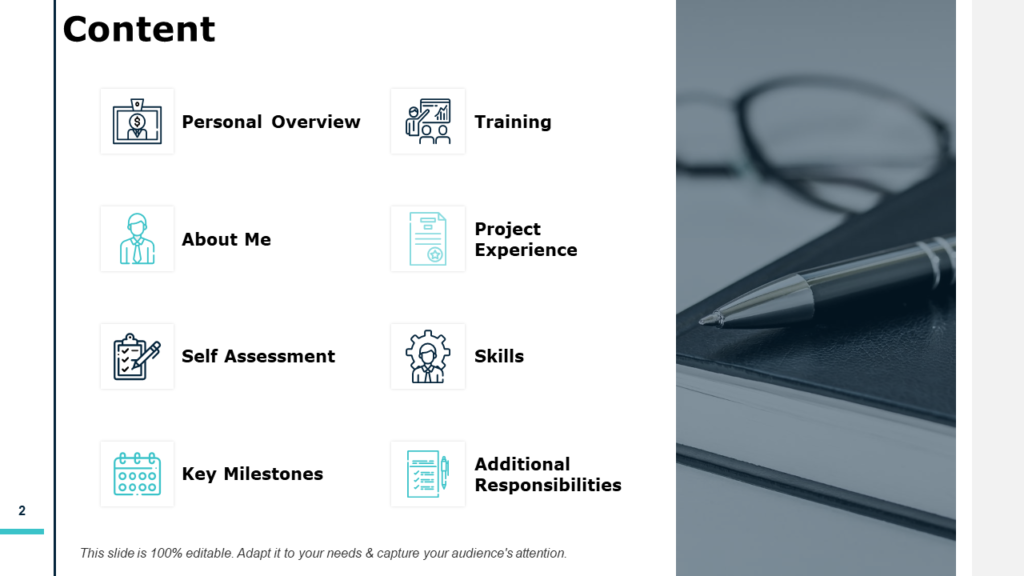
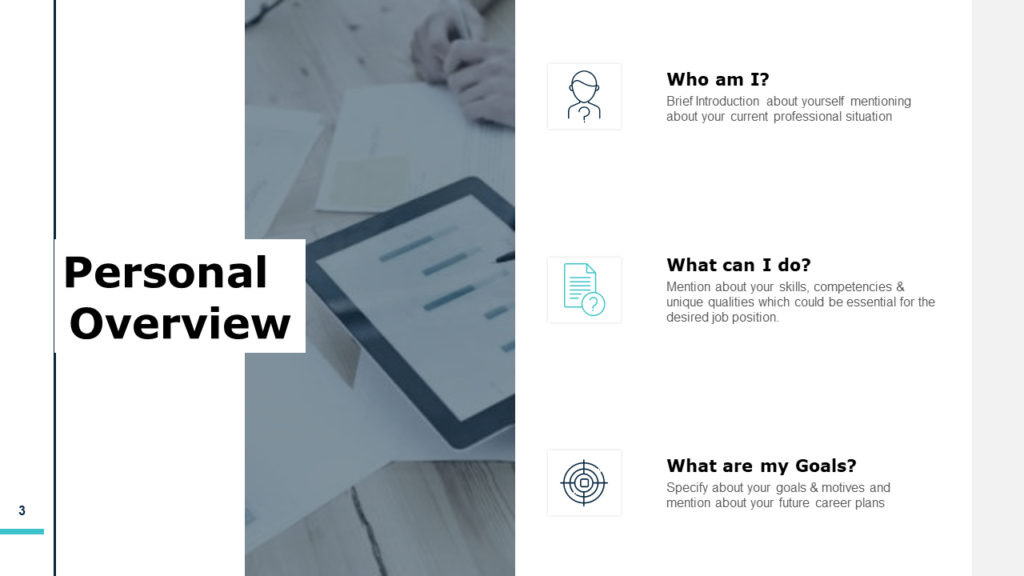
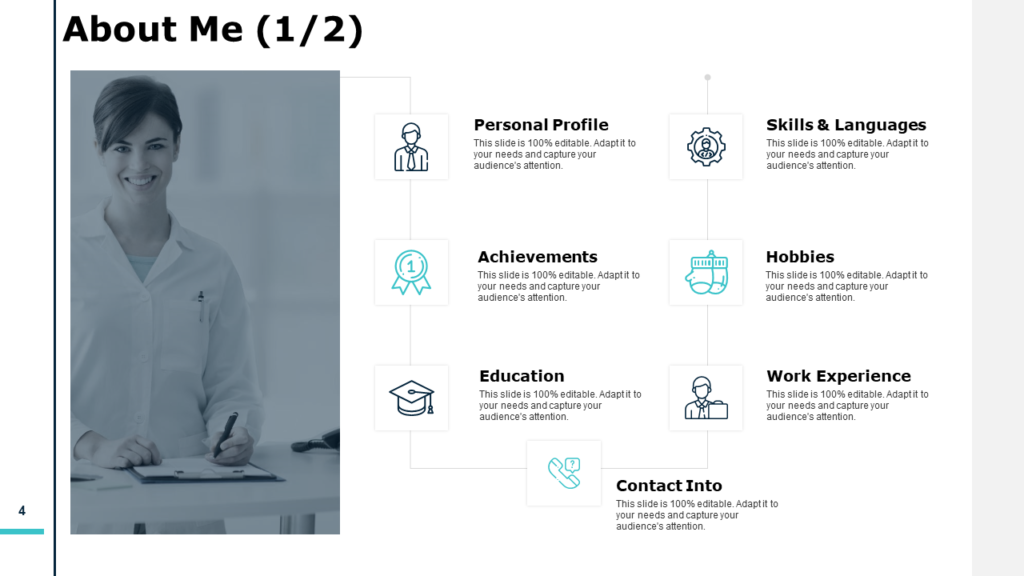
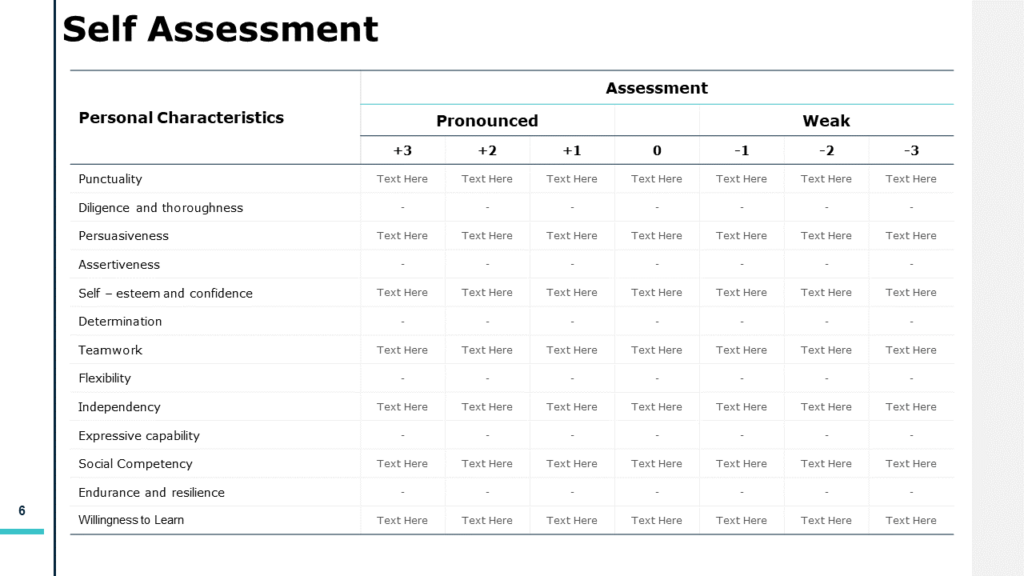
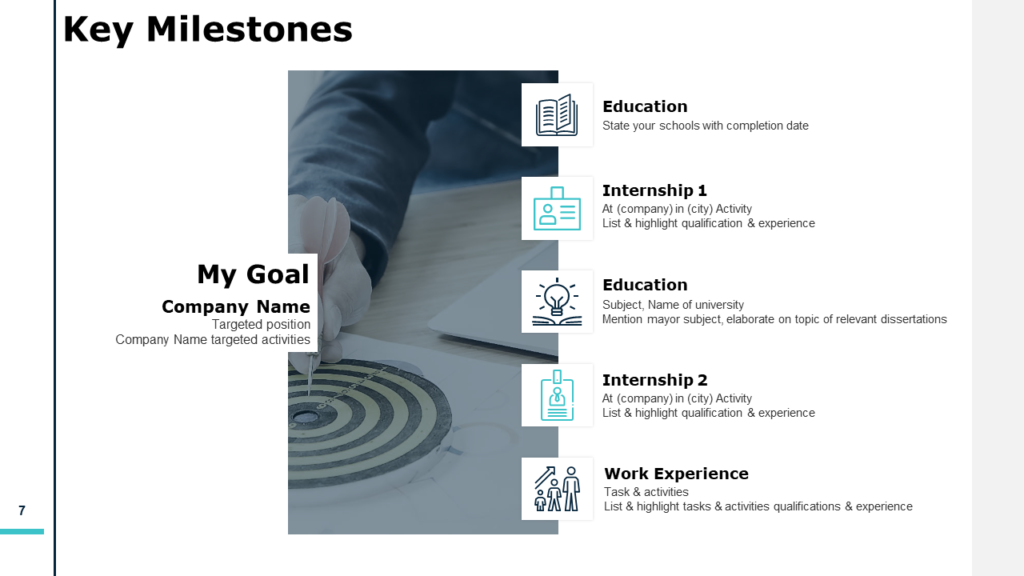
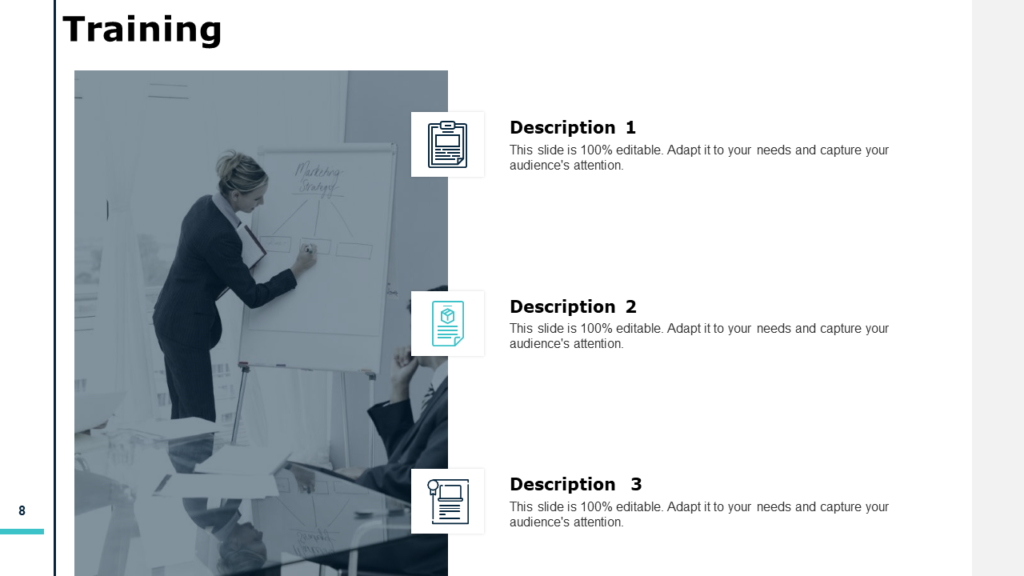
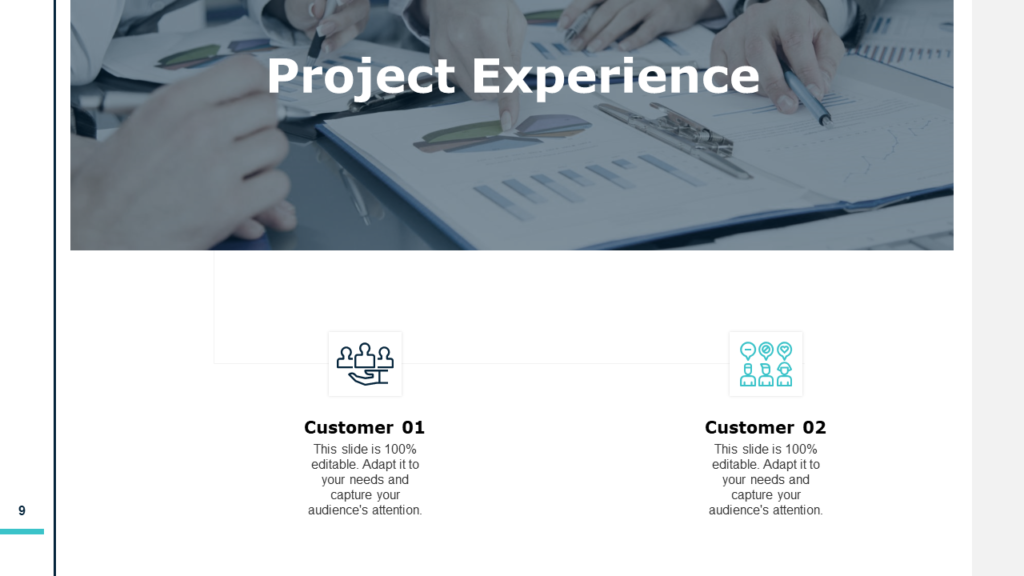
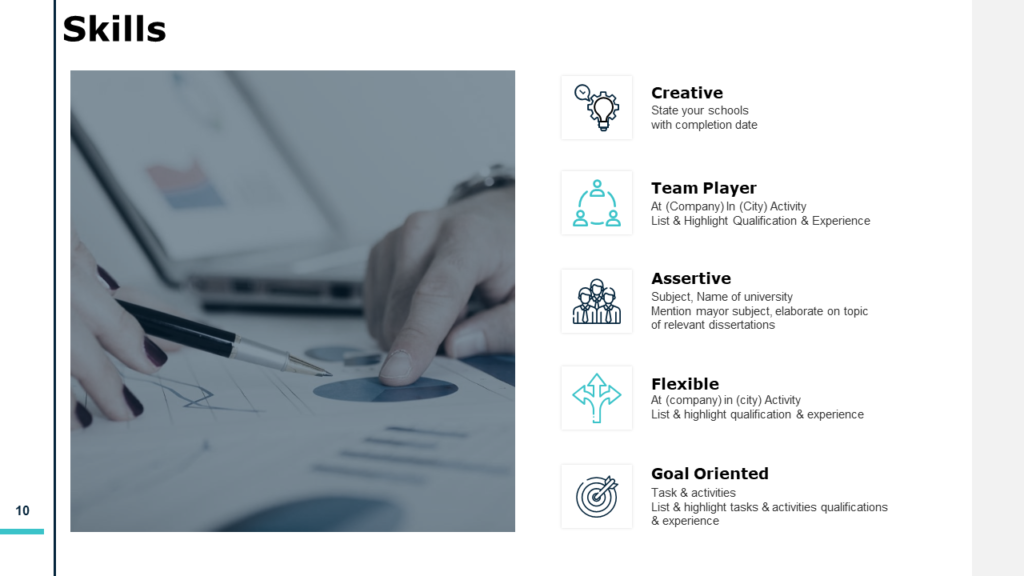
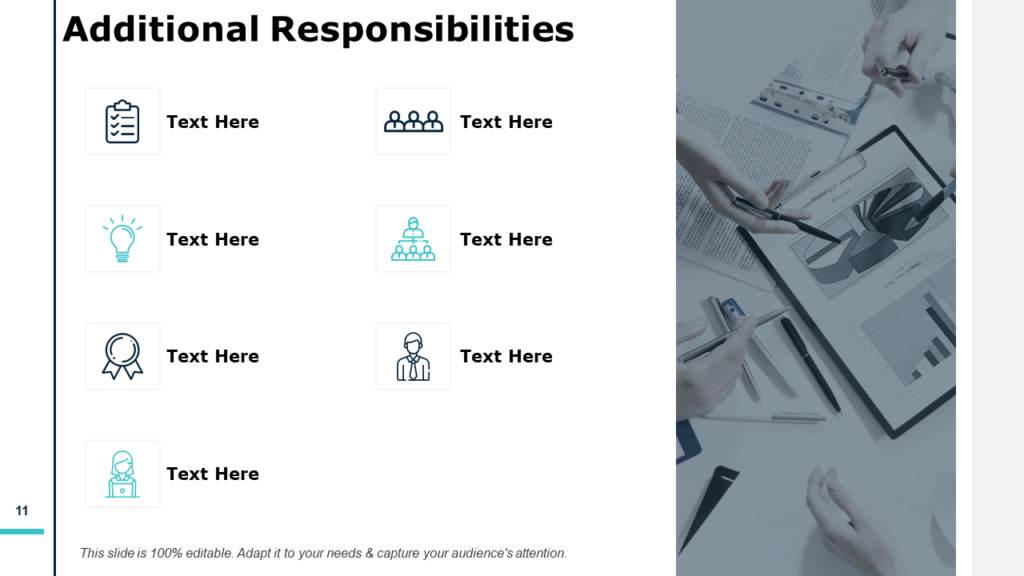
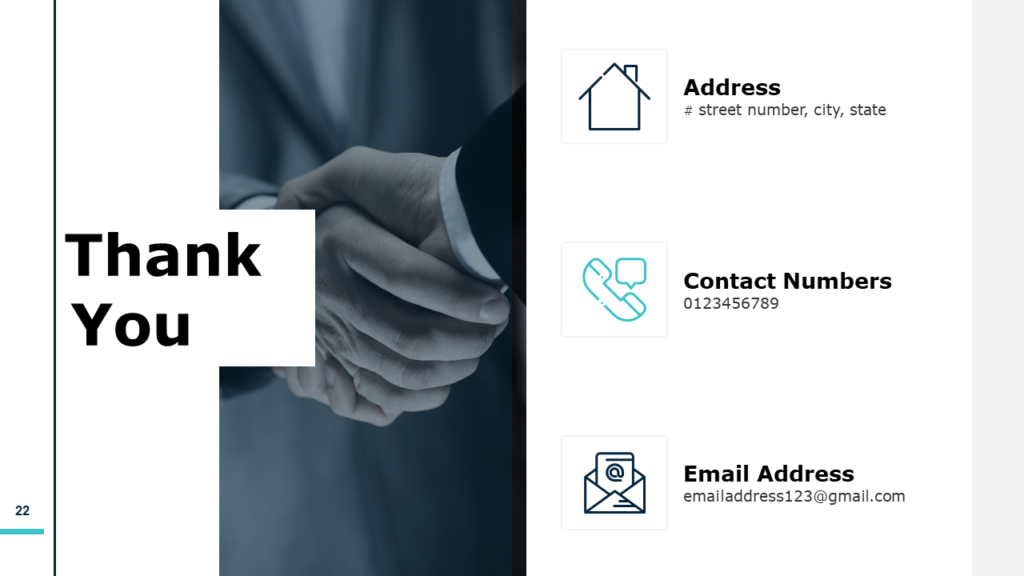



![10 Best Monthly Work Report Templates to Up Your Engagement Rate [Free PDF Attached]](https://www.slideteam.net/wp/wp-content/uploads/2022/02/1013x441no-button-3-1-1013x441.jpg)
![Top 10 Autobiography Templates to Portray Your Learnings and Achievements [Free PDF Attached]](https://www.slideteam.net/wp/wp-content/uploads/2022/05/Top-10-Autobiography-Templates_1-1013x441.png)
![Top 11 Acknowledgement Templates to Express Your Gratitude [Free PDF Attached]](https://www.slideteam.net/wp/wp-content/uploads/2022/06/Top-11-Acknowledgement-Templates_1-1013x441.png)
![Top 10 Training Matrix Templates to Deliver Valuable Learning [Free PDF Attached]](https://www.slideteam.net/wp/wp-content/uploads/2022/06/Top-10-Training-Matrix-Templates_1-1013x441.png)











